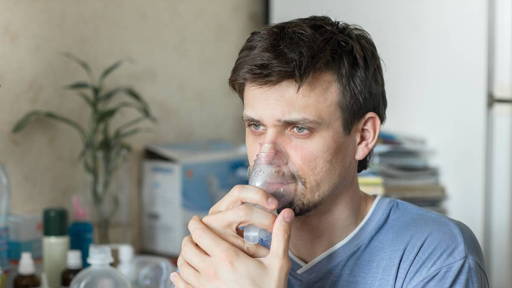Fourteen Spanish hospitals will use Philips’ outpatient cardiac monitoring service, which includes the ePatch wearable Holter monitor and Cardiologs AI analytics platform. The system is being used to detect heart rhythm disorders such as atrial fibrillation (also known as atrial fibrillation) earlier, improving patient comfort and access to care, and helping to reduce overall costs.
By combining the ePatch with the Cardiologs AI-driven analytics platform, Philips can improve the detection and diagnosis of the world’s most common heart rhythm disorder (atrial fibrillation). Atrial fibrillation increases the risk of stroke, dementia and heart failure, but is often under-diagnosed because it has no observable symptoms and occurs at irregular intervals. “The main advantages are its user-friendly interface and the ability to provide long-term, high-quality images of the heart for up to 14 days,” said Dr Jorge Pagola, postdoctoral researcher and neurologist at Vall d’Hebron University Hospital in Barcelona, Spain.
Beneficial for both patient and hospital
Previously, patients had to wear cumbersome and restrictive Holter monitors, with up to ten ECG electrodes and cables attached to a large monitoring device worn on a belt. The ePatch is simply stuck to the patient's chest and the data can be quickly analyzed thanks to the analysis program. Patients therefore experience this solution as much more pleasant. They are not hindered by the device in their daily activities.
Dr. Jorge Pagola: "Thanks to the ePatch program, we were able to discharge 80 patients earlier from hospital by 2023. This has led to a shorter average length of stay, relief of pressure on the emergency room and significant cost savings."
Trials in Spanish hospitals
In addition to the Vall d'Hebron hospital in Barcelona, trials are also underway in hospitals in Madrid, Barcelona, Bilbao and Alicante, Cádiz and Navarra to demonstrate the effectiveness of the sensor in the fields of cardiology and neurology. The ePatch is used there, among other things, to monitor patients with atrial fibrillation after a cardiac ablation or heart valve replacement and to conduct research into the connection between magnesium deficiency and atrial fibrillation. Halfway through last year, heart and stroke patients at the Martini Hospital in Groningen (Netherlands) were the first to be allowed to use the portable ePatch from Philips.
In several Spanish hospitals, the use of the ePatch has had the side effect of reducing the waiting lists that have arisen because of the COVID-19 pandemic. This is due to the ease of use and the cost benefits of the ePatch. In total, more than 1,500 patients are currently being monitored with the ePatch in Spain.








